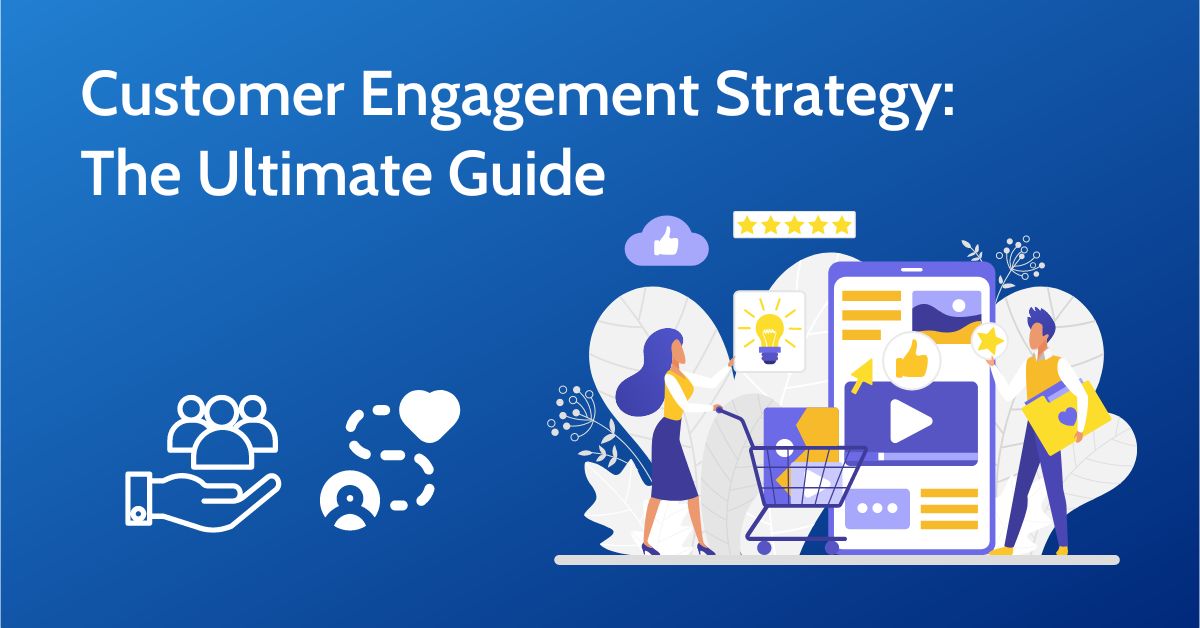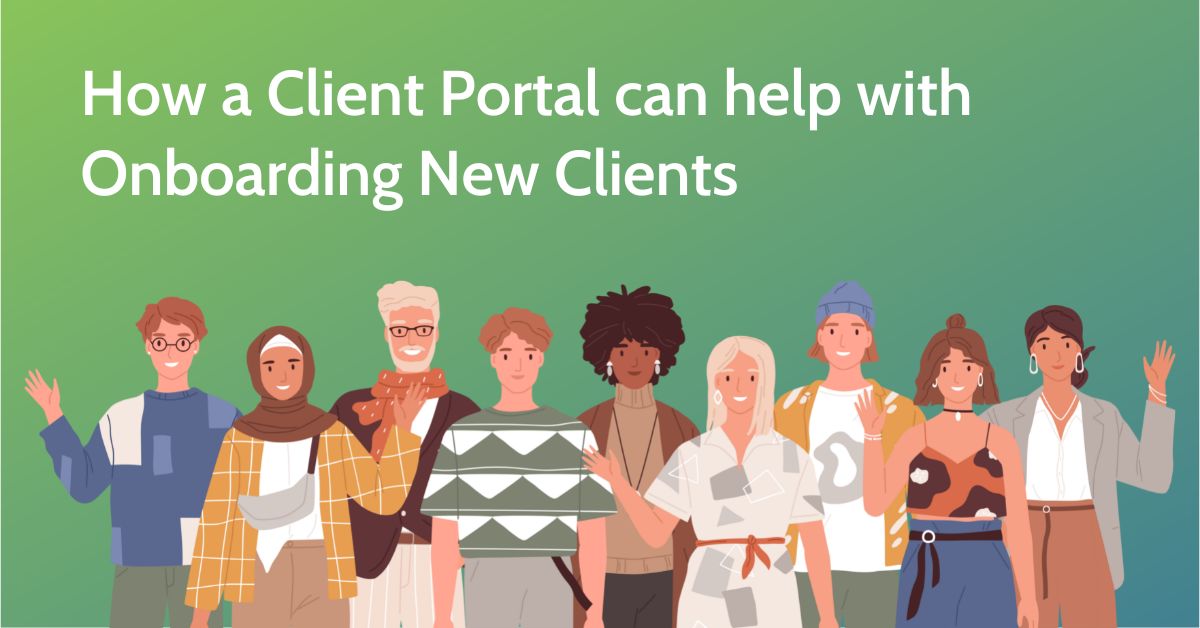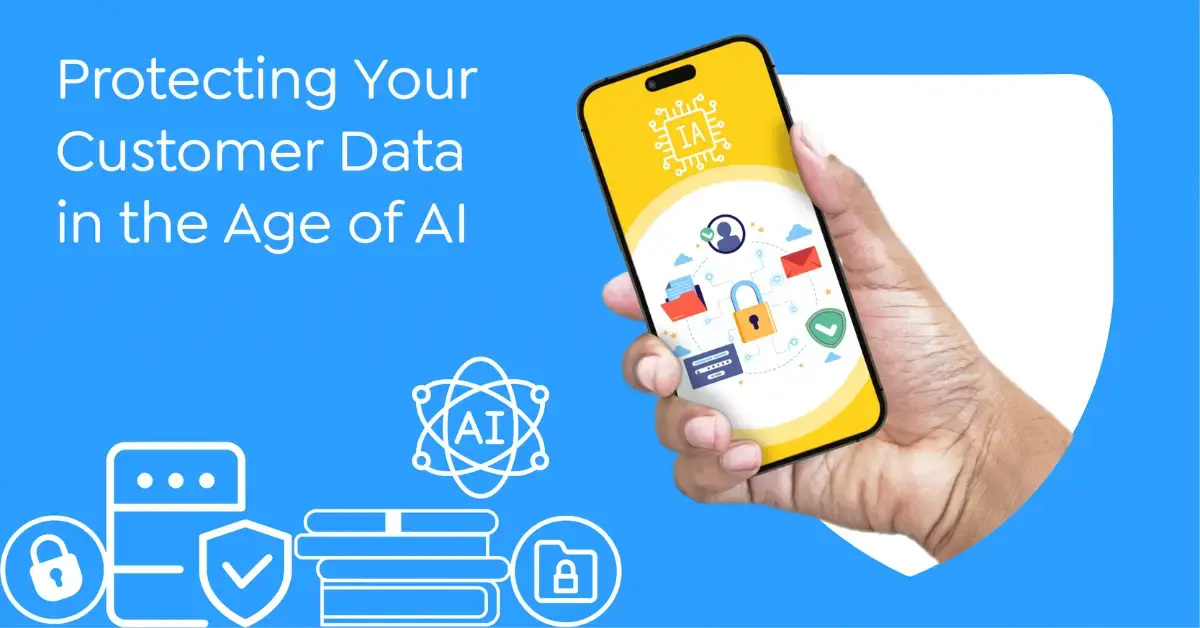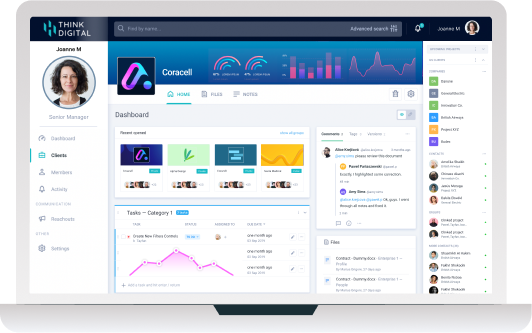“Customer engagement strategy" is a phrase that probably resonates with you as you've been building your business. It's a concept that is extensively discussed in nearly every guide to business growth, emphasizing its importance in cultivating a loyal customer base, achieving brand recognition, and scaling up.
They’re not wrong. Customer engagement really is the answer. But how do you get the kind of consistent, fulfilling community-building that your brand needs to thrive? The practicalities of customer engagement are the part that a lot of guides leave out. But not this one! Read on for everything you need to revolutionize your customer engagement strategy.
Definition of Customer Engagement Strategy
A customer engagement strategy is a deliberate approach designed to interact and connect with customers at various touchpoints. It aims to foster loyalty, increase satisfaction, and build lasting relationships, thereby driving business growth. It is pivotal in enhancing customer experience and brand value.
Promote a customer-centric culture
“Customer centrism” doesn’t just mean declaring that “the customer is always right” and leaving it at that. “The customer is always right” is a reactive attitude that seeks to rectify problems only when they arise (often with little regard for the bigger picture).
Customer centrism, on the other hand, is proactive. It seeks to prevent problems from arising in the first place through deep knowledge of and respect for your customers. Ultimately, it’s all about building good, engaging customer relationships.
A customer-centric culture puts the customer and their experience above all else. Rather than looking at profit first and then dealing with customer issues as they arise, it takes the needs of the customers first.
From here, profit usually follows. This is because the customer’s needs are at the forefront of R&D, so your product will perfectly fit the customer’s needs, and your customer service and experience will be outstanding.
A granular understanding of your customers—who they are, what they need, and the kinds of posts and promotions that will resonate with them—is key to a customer-centric culture. This means that you must constantly gather and analyze data for customer insights.
Choosing the right software can help with this, the most obvious of which would be customer relationship management (CRM) software. This will help you to plan and nurture customer relationships throughout their purchase cycle.
On top of this, Enterprise Resource Planning (ERP) software can help to sync customer data across platforms and departments. ERP software solutions should be used with your CRM software, as they collect data across multiple points of your business, presenting it all together in one place. Saving time but also providing much more detailed customer insights.
Invest in team training and development
Your team is one of the best resources at your disposal. If you want an excellent customer engagement strategy, it is vital that your team has the knowledge, confidence, and initiative to engage with customers in proactive and positive ways.

It’s especially important to invest in things like social media training, as digital platforms are changing all the time–as are the kinds of engagements that customers and algorithms expect from their brands. It’s all too easy to find your brand at the center of a social media firestorm if you’re not knowledgeable about recent trends.
Similarly, you should train staff on how to welcome customers to your brand, take your team through examples of your most common customer journeys, and regularly update employees on using tools and technologies like your CRM, your ERP solution, and so on.
Leverage technology to enhance customer experience
The right technology can make a huge difference in optimizing your customer experience and in how your brand engages with customers. We have already spoken, for example, about ERP software and how it can draw cross-platform insights from customer data. The right ERP implementation can give you a nuanced and holistic view of what your customers want and need. This can, in turn, revolutionize your customer service initiatives.
Similarly, things like AI-enhanced chatbots can give your customers fast and accurate answers to their questions. Email automation can help to guide customers through their journeys and make sure that all communications are relevant and personalized. The right data insights can help you present perfectly targeted adverts to each individual customer.
Customer portal software serves as another potent tool to enhance your customer experience significantly. These web portals can be tailored to resonate with your unique use cases, sporting a custom branding that blends seamlessly into your website design..
All in all, technology can help you to get a lot closer to your customers, to build fulfilling relationships with them, and to engage with them on a deeper level.
Embrace omnichannel engagement
It’s very unlikely that all of your customers will hang out on the same platform at the same time. An omnichannel strategy will enable you to find and engage with far wider audiences and give your customers much more choice in how they find and engage with you.
For example, different channels are better for different types of engagement. An urgent problem with your product is often best dealt with via a VoIP phone service or an intelligent chatbot. A more general query could be handled over messenger or via email. And a chatty communique could be done in the comments of a social media post.
Similarly, individual customers all have their own preferences when it comes to engagement. Some people like to phone (or be phoned) no matter their issue, while others prefer to solve their problems via chatbot or a help page. Some love the option of keeping up with what you’re doing via social media, while others prefer to receive a monthly newsletter update via email.
There are even customers who value face-to-face interactions over anything else, even when getting in touch remotely. This is where embracing video chat API integration makes sense. Letting people see the support team member they’re chatting to helps add the human touch to communications, and of course results in increased engagement.
So, embrace engagement across multiple channels. Remember, with the right CRM and ERP solutions; omnichannel engagement will not spread you too thin. Technology makes it easier than ever to engage dynamically across several channels without losing any insight or integrity.
Personalize and customize your strategy
Vagueness and generalization are the enemies of engagement. While it is sometimes good to cast a wide net with your promotional material, customers tend to engage on a deeper level with content that is relevant and personal to them.
A personalized strategy should be at the heart of your digital customer experience. Personalization involves tailoring your engagement style as closely as possible to the individual customer. Again, customer data is key to this. You cannot personalize your engagement if you don’t know who your customers are, their likes and dislikes, their needs, and their wants.
Once you have the right data, you can begin to tailor your messaging for your customers. A good personalization and customization strategy may include the following:
Segmentation: Sorting your customers into ‘segments’ based on points of similarity. For example, a restaurant chain may sort customers by geographical location. They can then sound out news, posts, and promotions that are relevant to each customer’s local branch.
Customer personas: Developing “personas” for typical customers or segments. This helps your team to better understand and engage with your customers as humans rather than as data points.
Customer journey curation: Establishing a typical customer journey for each segment or persona and pinpointing ideal engagement points along the way.
Data analysis: Continuously learning more about customer behavior, characteristics, needs, wants, likes, dislikes, and more.
Ensure consistency
Consistency can make a huge difference when engaging with customers. Remember, even though a single customer may deal with various different people, departments, bots, and more in their communications with a brand, from their perspective, they are dealing with a single entity.
If there is a big difference in a customer’s experience of, say, your customer service representatives when compared to your chatbots, they will be confused and frustrated and may lose trust in your brand.
So, make sure that your brand voice, tone, values, and so on come through consistently at each customer touchpoint. Try not to slip up in your messaging, and make sure that all your channels, teams, and representatives are on the same page when it comes to customer engagement.
Measure and analyze customer engagement
It is important that you understand how well your customer engagement strategy is working. To do that, you need to measure and analyze engagement levels constantly.
The right tools and technology can be a big help with this. A good CRM, client management tools, email marketing platform, analytics, ERP, and so on will all help you to gather and analyze engagement data. Then, it is up to you to understand the patterns you are seeing.
For example, if you see a drop in social media engagement during a certain period, can it be correlated with a certain post or series of posts? If so, why did this cause a drop in engagement? What can you learn from this? What does this tell you about your customers and what they respond to best?
Ongoing measuring and analysis are key to drawing a deeper understanding of your customers and honing your strategy for greater engagement in the future.
A Robust Customer engagement strategy: key to long-lasting customer loyalty
Customer engagement is, in many ways, the Holy Grail of marketing. Positive customer engagement helps build a community, loyalty, and fulfilling brand/customer relationships. It gives you the tools and knowledge you need to hone your customer experience and give your customers the service they want and need.
To revolutionize your customer engagement strategy, start with a customer-centric culture. Build on this with team training, the right tools and technologies, deep data analysis and customer insights, omnichannel engagement, and more. Throughout, focus on personalization, and make sure that your customers’ experience of your brand is fully consistent.
Read More: Ready to Master Client Management?








Let Us Know What You Thought about this Post.
Put your Comment Below.